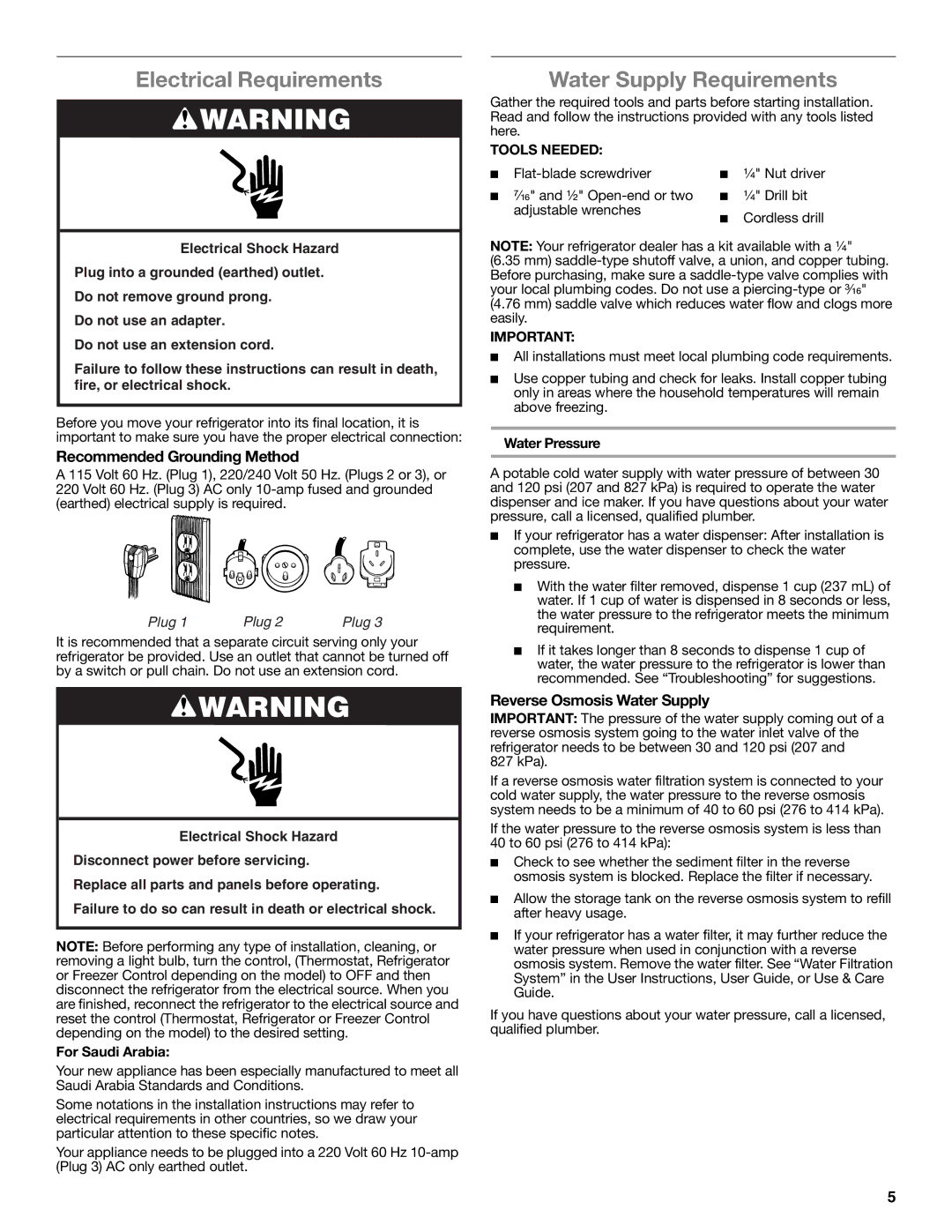whirlpool specifications
Whirlpool, a leading name in home appliances, offers a wide range of washing machines designed to provide efficient cleaning and convenience. Renowned for their innovative technologies and user-friendly features, Whirlpool washing machines cater to a diverse range of washing needs.One of the standout features of Whirlpool washing machines is their load sensing technology. This smart feature detects the weight of the load and automatically adjusts the water levels and cycle duration, ensuring optimal water and energy use. This not only enhances performance but also contributes to sustainability by minimizing unnecessary water consumption.
Whirlpool also incorporates advanced washing cycles in their machines. The EcoWash cycle, for instance, is designed for efficient cleaning while using less water and energy, making it an ideal choice for environmentally conscious consumers. Additionally, the Delicate cycle ensures that fragile fabrics receive a gentle wash, protecting them from damage while effectively removing dirt.
Another notable characteristic is the FreshCare option, available in several Whirlpool models. This technology periodically tumbles the laundry after the cycle has finished, preventing wrinkles and musty odors, and keeping clothes fresh for hours. This is particularly useful for those who might not be able to move their laundry immediately after the wash cycle concludes.
Whirlpool washing machines also come equipped with an intuitive control panel featuring a range of pre-set programs. Users can easily select the desired wash type based on fabric type and soil level, ensuring tailored care for garments. Many models also offer a delay start feature, allowing users to schedule their wash cycles to start at a convenient time.
Durability and ease of maintenance are other key characteristics of Whirlpool washers. Many of their models come with a reliable stainless steel drum, which is both resistant to rust and capable of handling large loads without compromising performance. The self-cleaning technology found in select models further enhances longevity by automatically washing the drum and maintaining optimal hygiene.
In conclusion, Whirlpool washing machines combine cutting-edge technology and thoughtful design to deliver effective, efficient, and user-friendly laundry solutions. With features like load sensing, diverse washing cycles, FreshCare technology, and intuitive control options, Whirlpool continues to set the standard for innovation and reliability in the home appliance market. Whether for everyday use or special care garments, Whirlpool washing machines provide versatility and peace of mind for every household.

